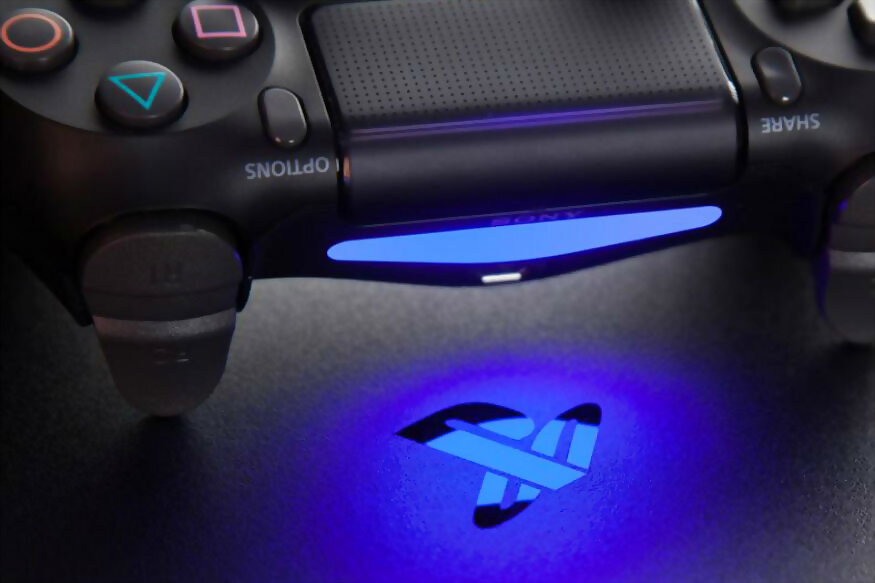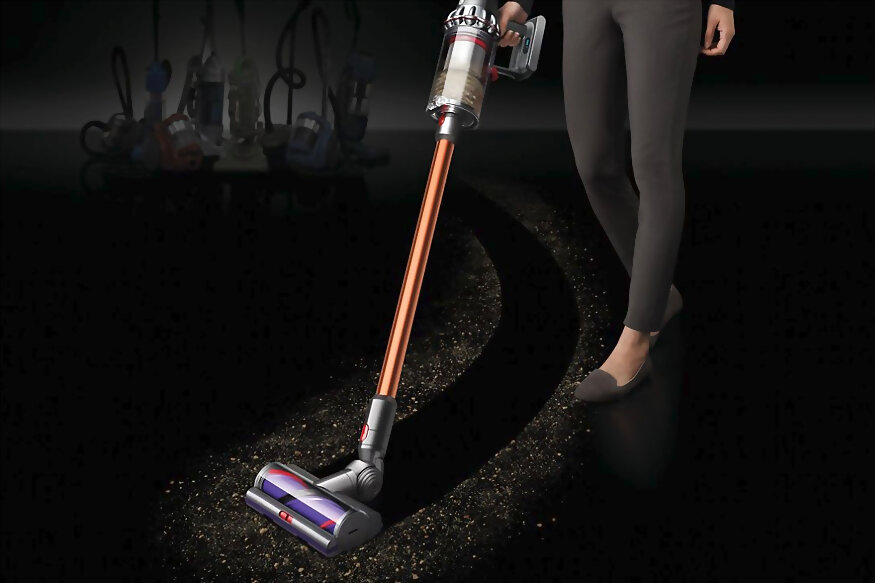
views
At 8:17PM UTC on July 20 (1:47AM IST on July 21), mission commander Neil Armstrong and his fellow astronaut and lunar module pilot Edwin ‘Buzz’ Aldrin touched down upon the lunar surface, leaving the main module orbiting the moon. On July 21, at 2:56AM UTC (8:26AM IST), Armstrong became the first man to set foot on the moon, with Aldrin joining him and his giant leap 19 minutes later. The rest is not just history, folklore, pop culture and conspiracy theories -- it set up how we have so far gone about exploring space, how we understand the deep void, and helped develop thousands of technologies that have brought space travel to the potentially thrilling conjecture where it stands now.
However, it is not just space exploration that NASA’s Apollo missions impacted deeply. Technology, or consumer technology to be more specific, gained a lot from the ongoing research and development that was required for USA to put a man on the moon. It might be a bit surprising to think now, and there will certainly never be conclusive evidence that would say that we would not have achieved what we have had the Apollo missions not taken place, but the advent of mankind’s pursuit of space brought to the fore key technology research that has shaped our lives and changed it forever. On the day of the 50th anniversary of Armstrong and Aldrin’s landing on the moon, we take a look at 10 such key technologies that define the impact that the Apollo moon missions have had on mankind.
Integrated circuits and the microprocessor
Back in the ‘60s, computers were scary and imposing. Take the ENIAC, for example. Built in 1946, the massive computing machine weighed a staggering 30,000kg and consumed 160kW of power in order to work. Given the constraints of what can be flown in general, it was impossible that such massive equipment would be taken onboard a merry trip to good ol’ moon.

This gave birth to the world’s first known popular usage and birth of the integrated circuit (IC). These integrated circuits would compress the necessary processing power down from ENIAC’s scale into just about 32kg and just under 70W of power usage on the Apollo guidance computer. The IC was the core foundation of the microprocessor, combining multiple elements of a complete discrete circuit into a single semiconductor die. As a result, this prompted the formation of the silicon rush, the birth of Intel and the consumer-grade microprocessor, all of which gave birth to the computer industry, desktops from IBM, the eventual advent of Microsoft, and in essence, spawned into shape the entire technology industry as we know it today.
Wireless headphones
Something we take almost entirely for granted nowadays, the Apollo 11 mission had the very important presence of a then-novel piece of technology -- a set of wireless headphones made by a company named Pacific Plantronics. Today, the brand is simply called Plantronics, and is noted for selling mid-range and semi-audiophile wireless headphones in the market. The segment itself, which too owes its roots to the Apollo missions, is now a thriving industry, with every second person using wireless headphones every day.

Retail processing software
It isn’t just hardware that was conceived with the Apollo project. The software that ran onboard the Apollo 11 and managed a complex series of key functionalities is, in essence, a predecessor of the retail credit card payment software that manages your electronic payment mechanism at retail outlets -- from point-of-sale machines to data centers and back. It hence build a serious chunk of the electronic payment industry, which today stands on the verge of making printed cash a non-necessity in terms of everyday sustenance.
Water purification
NASA developed a small, proprietary water purification system for the astronauts, which used the principle of ionisation to kill harmful bacteria and make water safe for human consumption. Not only did this technology evolve into mainstream use, it has thrived across sectors to find application even today -- for instance, the basic purification steps are still in use in water cooling towers. Of all aspects, this is probably one of the most important impacts of technology that NASA has made to the world.
The joystick
You probably don’t give much thought to the humble joystick any longer, but that is probably only if you don’t consider to be a gamer. The specially designed controller, which could be used as a toggle switch and in more applications, is today the mainstay of how almost all consoles are controlled, and was the primary input method for many computing areas, until touch-based inputs started taking precedence.

Scratch-resistant lenses
Back then, it was imperative to develop scratch resistance to optical plastic surfaces, which were present in abundance on the Apollo 11 as well as on astronaut helmet visors. Hence, Ames Research Center of NASA came up with an abrasion-resistant coating to prevent surfaces from impact damage to a certain extent. Today, pretty much all of our durable glass surfaces (such as the Corning Gorilla Glass) and spectacle optics owe their origins to this one crucial point of innovation.
Cordless tools
Since one of the objectives of Apollo 11 was to collect lunar rocks, this presumably needed a drill, and one that did not need a power plug in the vicinity (assuming that the moon does not have many of these). The result led to the world’s first cordless drill, developed by Black & Decker specifically for the moon. Today, not only is the basic principle seen in more modern designs of the household drill, but also vacuum cleaners and screwdrivers.

Memory foam
Back in the ‘60s, shock absorption was not as fluent a concept as it is today. But, given the perils and the extreme forces of a space mission, it was imperative that some new technology be developed. Hence came memory foam, an innovation that takes the shape of the desired contour, and hence provides far superior protection against shocks and bumps. Not even that, memory foam is today used in mattresses and pillows for creating comfortable and ergonomic sleeping gear.
Liquid-cooled/heat resistant suits
The ill-fated Apollo 1 mission, which led to an accidental fire and the demise of three astronauts gave us information regarding the perils of space fire, and the devastation it can create. Hence came a compound called Polybenzimidazole (PBI), a space suit material that is resistant to fire and extreme temperatures, and would successfully protect astronauts up until a certain duration. Today, PBI is used by firefighters, racing professionals and even soldiers at the warfront.
It is not just fire resistant clothing that NASA created. A spacesuit was compelled to be the astronaut’s life support unit, which could provide oxygen, temperature and pressure regulation to help support life. Naturally, NASA went about designing the world’s first liquid-cooled suit -- a technology that finds commonplace application even today in specific industries.
Freeze-dried food
Among all innovation, the ability to preserve food by maintaining nutritional value and taste, reducing weight and increasing shelf life is a priceless achievement. Given space constraints aboard Apollo 11, the invention of freeze-dried food was imperative. In today’s world, freeze-dried food acts as life-saving ration in extreme conditions for travellers, armies, rescue squads and other target camps.













Comments
0 comment